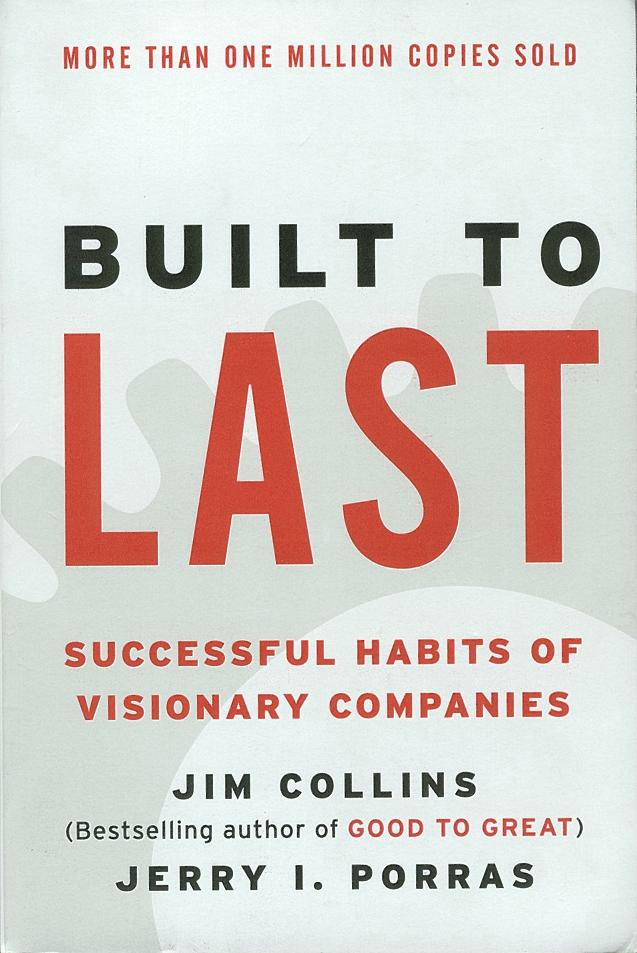![]() I’m a big proponent of small business market research. For me it’s insight first, THEN execution.
I’m a big proponent of small business market research. For me it’s insight first, THEN execution.
Insight is the foundation of every ground-breaking idea in history. Insight drives the strategy that directs the execution that produces results. How do you get the insight you need? By studying, listening and asking the right questions in your small business market research.
I’ve seen how research insight leads some brands in profitable new directions, and others back to their roots.
I understand how research can be integrated seamlessly into the operations of a rapidly-growing start-up.
And I know that some of the greatest ad campaigns of all time were built on tidbits of information from surveys and focus groups. Can you say, “Got Milk?”

I don’t think small business owners do enough strategic listening. (And their branding strategies usually reflect that.) They often skip the research because they think they already know it all.
The sales manager says “I’ve been in this business for 25 years, I know what customers want.”
Or the owner says “We tried that already, it didn’t work.”
Or the marketing assistant says “We have some industry data on that.”
Don’t bet on it. In many cases customers don’t even know what they want.
Here are five common problems that business owners and marketing directors run into when doing market research for a small business:
1. Questions are written from an insider’s perspective.
2. They ask the wrong questions.
4. They question the wrong people.
5. They don’t know what to do with the data once they have it. Or worse yet, they just don’t want to hear it.

First, let’s talk perspective. (Or lack thereof.)
As the old saying goes, “you can’t read the label if you’re stuck inside the bottle.”
Most people are so wrapped up in their day-to-day business issues they can’t see the bigger picture well enough to ask the right questions. Their own bias creeps in at every turn.
An outsider’s perspective — and the objectivity that a professional brings to the table — is really the only way to get research that you can take to the bank.
The business owner’s myopic perspective leads directly to:
Problem number two for small business market research: The content of the questions themselves.
A lot of time and money is wasted asking research questions that are dumber than a rock.
For instance, I recently ran across a survey about the current plight of private country clubs. It’s no big secret that they’re hurting, and yet the survey started with a useless series of questions that just rehashed commonly known industry facts.
Don’t waste time asking questions you already know the answers to.
Clarify your objectives before you start. Spend some quality time framing the problem so you can ask better questions. Stick to subjects that honestly baffle you.
Problem number 3: The issue of semantics in market research questionnaires.
There’s incredible nuance in the wording of a good questionnaire. In fact, how you ask a question can often guarantee results, one way or another.
Polling companies have known this for 75 years. That’s why there are Democratic pollsters and Republican pollsters. They can always get the results to skew in their preferred direction. Left or right.
Here’s a story that illustrates my point perfectly:
There were two priests who both wanted to know if it was permissible to smoke and pray at the same time. So they wrote to the Pope for a definitive answer.
One priest phrased the question in this manner: ‘Is it permissible to smoke while praying?’ Absolutely not, the pope replied. It is not, since prayer should be the focus of one’s whole attention.
The other priest asked “Is it permissible to pray while smoking?” “Of course,” the pope said. “It is always permissible to pray.”
Same words, totally different answer.
Chances are, if you’re writing your own questionnaire you’re not being as clear as you should be. And clarity is one of the cornerstones of building an iconic brand.
The fourth problem arises when you ask good questions of the wrong people.
Many companies have feedback systems for their customers, but they never hear from non-customers. Sometimes it’s more useful to poll the people who are loyal to your competitor’s brand. Why they don’t buy is just as important as why they buy.
When you do research make sure you have a representative sample of people on all sides of an issue. If you’re working with a research firm, insist on samples of real people, not professional focus group respondents or paid panels.
The last, and probably biggest, problem with small business market research is your ability to do something with the data once you have it.
In most companies there’s a huge gap between insight and execution. In the market research industry, that’s the most common complaint: Quite often, comprehensive studies end up on the back shelf, filed under “that’s interesting, now get back to work.”
All kinds of things can sabotage your best efforts. Sometimes corporate culture gets in the way. At HP the engineers run the show and even the most analytical marketing guys take a back seat. Innovation is a core value, so they might ignore market research in order to launch quickly and demonstrate their engineering prowess.

It’s like the software business. When they launch a product everyone knows it’s just v.1.0., and it will quickly to be replaced by v1.2 and 1.3. Their mantra: Launch first, ask questions later.
So make sure you’re in the position to act on the information you gather. Otherwise, don’t bother. Ask yourself some tough questions ahead of time…
• Do you have the brainpower inside the company to analyze the data and understand its implications? If not, can you hire someone who does?
• Do you have the financial resources to implement changes based on the analysis?
• Is the subject you’re researching important enough? Is it a C-level initiative, or just a mid-level management thing?
• Are you empowered to act? If not, who is? Do you have the allies you need to get things done?

If you can answer yes to most of those questions, great. Here’s a fairly simple (simplified) approach that will produce information you can actually use.
In general, there are two types of research the typical business owner or manager can do: Listening and asking.
It’s best to start with strategic listening because that will keep you customer focused. (And branding strategies that are customer-facing are almost always better than inward facing strategies.)
Put your own agenda aside and listen to what your front-line employees have to say. They hear it all. Revisit the customer feedback forms you’ve been collecting. Get out of the office and have in-depth discussions with real customers.
And by all means, tap into social media and other online sources. That’s a great way to “hear” what people are saying.
“I have numerous examples where we’re finding key nuggets, insights, aha moments and watch-outs coming from various online sources,” said Kristin Bush, Senior Manager of Consumer & Market Knowledge at Procter & Gamble.
“It’s definitely an area that we’re exploring quite heavily… we get the unprompted voice of the consumer, the real sentiments, the real points of view. I think there’ s a huge opportunity in this space, and the companies that really figure out how to listen and respond in meaningful ways are going to win in the marketplace.”
Once you’ve tapped all the existing lines of communication, then follow up on with traditional market research techniques. Surveys, focus groups, and in-person interviews are useful for asking specific questions and probing deeper into topics that appear on social media.
New on-line tools make it easier than ever to get a survey done. But the do-it-yourself approach won’t help much unless you follow the guidelines above.
Want more insight on branding strategies and small business research?
Want some help with small business market research? Give us a call. 541-815-0075.




